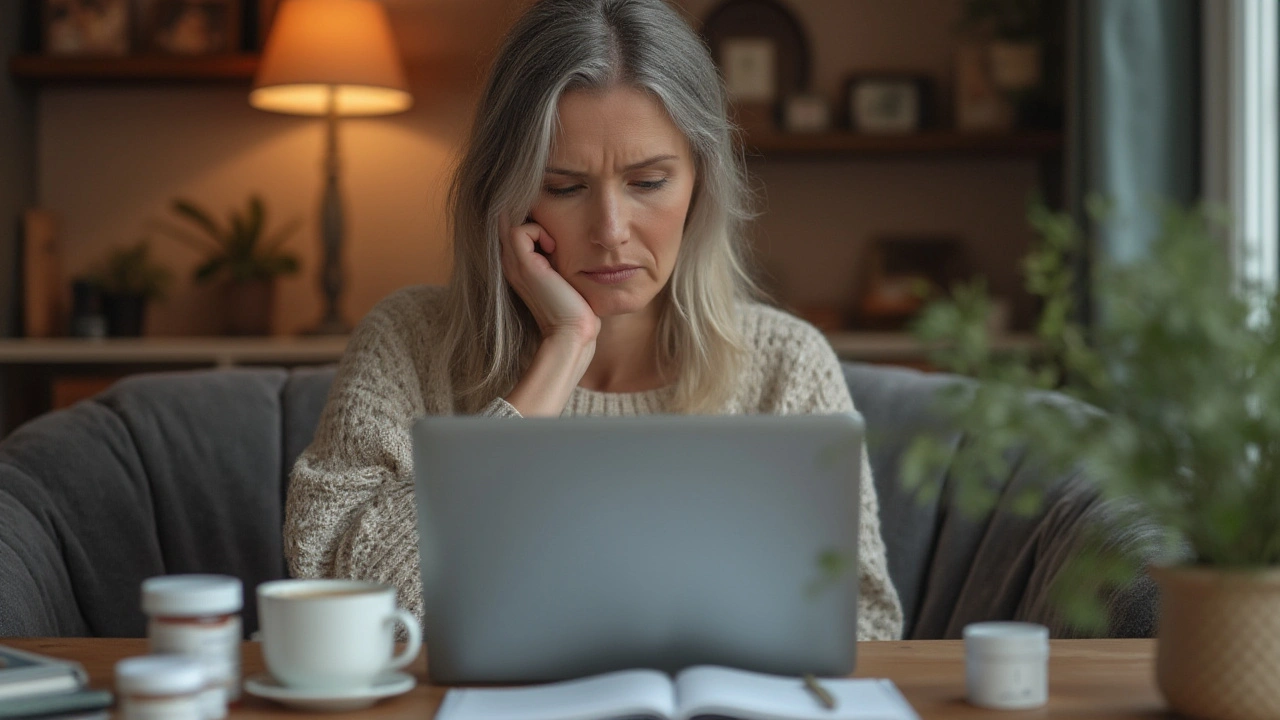Buying Medications Online: How to Stay Safe and Save
Buying meds online can cut costs and be very convenient — but it also opens the door to fake products and legal trouble. If you want the good parts without the risk, you need a handful of checks before you click "buy." These are simple steps you can use every time.
First, check the pharmacy’s credentials. Look for clear contact info, a licensed pharmacist listed, and verification from third parties like NABP (Verified Internet Pharmacy Practice Sites) or LegitScript where possible. If a site hides its address or only offers a chat bot, don’t trust it. Real pharmacies will let you call and ask real questions.
Second, watch how they handle prescriptions. Legitimate pharmacies require a prescription for prescription-only medicines. If a site sells controlled drugs without one or offers quick “online quizzes” as a substitute, avoid it. Use a telemedicine visit through a trusted provider if you don’t have a current prescription — many reputable services connect you to a clinician who can write one legally.
Spotting scams and bad products
Price that looks too good to be true often is. Very cheap brand-name drugs, oddly small pill size, different packaging, or misspelled labels are red flags. Check the pill images against official references like Drugs.com. Read multiple customer reviews from independent sources, not only glowing testimonials on the same site. Also verify the site uses HTTPS and protects your payment data.
Shipping from another country? Know local rules. Some countries allow import of a small personal supply; others don’t. Customs may seize packages or you could face fines. If you must order internationally, pick pharmacies that explain import rules and provide tracking and customs paperwork.
Protect your health and your data
Talk to your doctor about interactions, side effects, and whether a generic is right for you. Keep a record of pill appearance and batch numbers in case you need to report an adverse event. Store meds as instructed and don’t mix old and new bottles.
On the privacy side, read the privacy policy. Make sure the site doesn’t sell your health data. Use a credit card or a trusted payment service that offers fraud protection. Avoid sending photos of your passport or unnecessary documents unless the pharmacy clearly explains why and secures them.
Finally, save receipts and take screenshots. If something goes wrong you’ll need proof for your bank, the pharmacy’s regulator, or a consumer protection agency. When you stick to licensed pharmacies, insist on prescriptions, and double-check packaging and reviews, you keep the convenience and cut the risk. Safe online buying is about smart checks, not blind trust.

